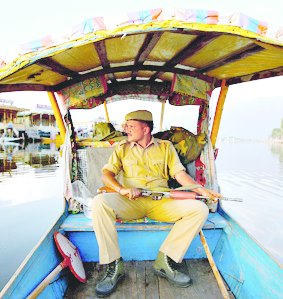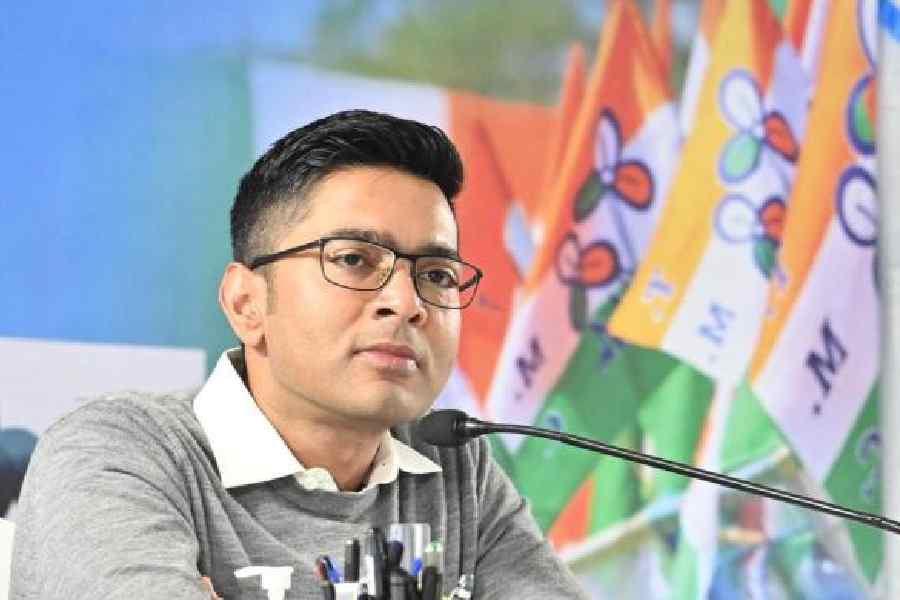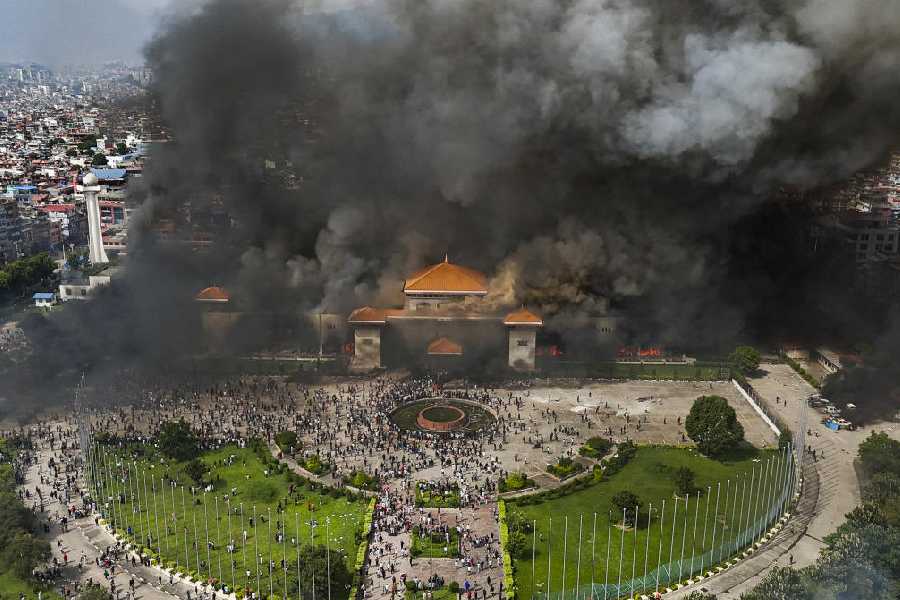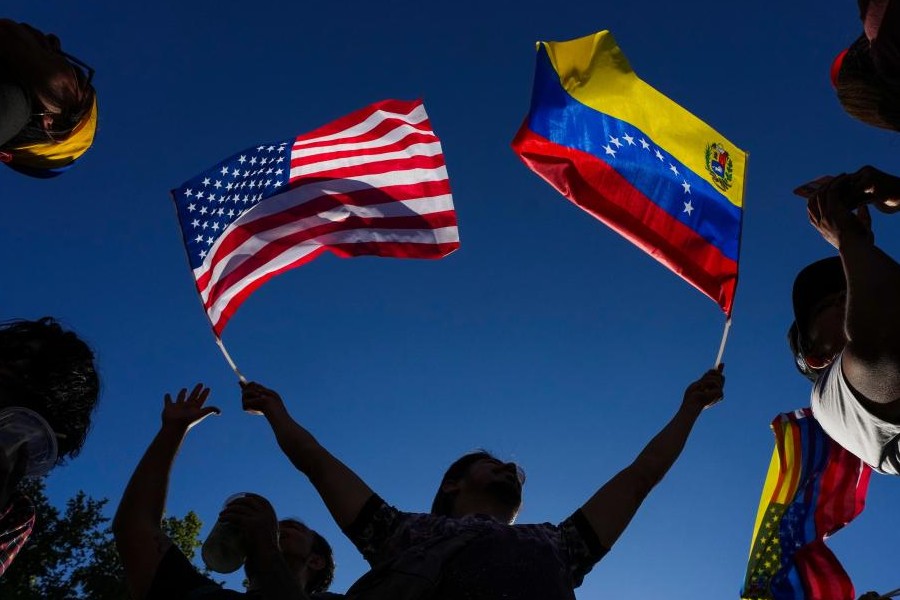
Call it the tyranny of distance or pillory it as metropolitan distance, the sad reality is that politics in the northeast of India has traditionally been viewed as a sideshow, and a quaint one at that. While developments in Assam - the eldest of the so-called Seven Sisters - are considered relatively more important, the play of regional forces in Arunachal Pradesh, Nagaland, Manipur, Mizoram, Meghalaya and Tripura is often greeted with incomprehension and cynicism.
Part of the reason may be the fact that the six states of the Northeast together send a total of just 10 MPs to the Lok Sabha. If Assam is added to the list, the total Lok Sabha representation from the Seven Sisters is 24 MPs, much more than those of Haryana, Odisha, Chhattisgarh and Kerala. Yet, the region as a whole has never been accorded a corresponding degree of political importance. Indeed, for a very long time, the entire region was considered to be a safe zone for the Congress. The Congress often began its general election calculations with the assumption that some 19 to 20 seats from the region would be in its bag, even before it opened its account in the rest of India.
Today, such an assumption would be considered remarkably facile. In April 2016, the Bharatiya Janata Party caused a major sensation by ousting the Congress from Assam. In alliance with the much diminished Asom Gana Parishad and the Bodoland People's Front, the BJP-led combine won 86 of the 126 assembly seats. The win was significant in a number of ways. First, it punctured the belief that the 34 per cent Muslim population of Assam had the most decisive say - some described it as a veto - over which party would govern. It was therefore felt that it would be impossible for the BJP to ever rule Assam. Secondly, there was a widespread perception - particularly among political analysts in both academia and the media - that the BJP was primarily a Hindi-belt party that would find it impossible to relate culturally to the southern and eastern parts of India. The BJP's victory in Karnataka in 2006 was the first time this belief was undermined. The BJP won Assam by forging a coalition of the caste Assamese of the Brahmaputra Valley, the Bengalis of the Barak Valley and the Bodos. It was a combination that the political pundits had earlier imagined was impossible for a Hindu nationalist party.
Since the victory in the Lok Sabha election in 2014 and the assumption of power by Narendra Modi, the BJP has made important strides in the entire Northeast. The party always had a presence in Arunachal Pradesh and in the final months of the Atal Bihari Vajpayee government, it won control of the state government through defections from the Congress. This pattern of the state going with the party in power at the Centre was repeated last year, and, for the second time, the BJP is back in power without actually ever having won an election.
Strictly speaking, the BJP didn't win the 2017 assembly election in Manipur. The Congress emerged as the largest party with 28 of the 60 assembly seats. But the BJP, which had never won a seat in Manipur earlier, came from nowhere - it had secured merely two per cent of the votes and won no seats in the 2012 election - to 21 seats. In terms of the popular vote, it even outpolled the Congress. This momentum, plus the magnetic draw of a party at the helm in the Centre, helped it to forge a coalition with a wafer-thin majority under the leadership of N. Biren Singh which has proved surprisingly durable and even effective.
It is in the context of the victory in Assam, the electoral surge in Manipur and the political agility in Arunachal Pradesh that the election in Tripura has acquired importance. Like in Manipur, the BJP had never won a seat in Tripura ever before and its popular vote in 2013 was a paltry 1.5 per cent. In this state where Bengali-speakers now make up a majority, with a significant tribal population also present, the CPI(M)-led Left Front has dominated politics since 1978. In 2013, the Left won over 50 per cent of the vote and 50 of the 60 assembly seats. Moreover, the Congress has been the traditional opposition to the Left, having won 36.5 per cent of the popular vote and 10 seats in 2013.
In the absence of any credible exit polls, it is difficult to hazard any informed guess of the outcome of last Sunday's voting. However, the campaign clearly indicated a few things. First, it was apparent that the main contest was between an organizationally entrenched Communist Party of India (Marxist) and a resurgent BJP. In terms of campaigning, the BJP clearly had the upper hand. Moreover, the BJP's alliance with the Indigenous People's Front of Tripura meant that the National Democratic Alliance's campaign was energetic both among the Bengali-speaking population and the tribal communities in the hills. The sheer aggressiveness of the BJP campaign and its frontal challenge to the CPI(M) have meant the complete eclipse of the Congress, hitherto the main Opposition party. Reports indicate that there will be a dramatic drop in the Congress's vote, and it is entirely possible that the party will have no winners. The party appears to have realized its losing status, a reason why the Congress president, Rahul Gandhi, made a token appearance on the final day of the campaign. By contrast, Prime Minister Modi spent two full days on the campaign, as did the BJP president, Amit Shah.
The BJP appears to have banked entirely on energy and aggression to try and upstage the CPI(M) which has a far better organizational network. Unlike in its traditional bases where it depends significantly on organizational rigour to complement propaganda, the party has banked almost entirely on its ability to generate a hawa (better translated as momentum) in Tripura. Even if the CPI(M) is able to somehow ward off the fiercest challenge to its dominance, it is clear that the BJP is set to become a major player in Tripura politics.
The larger question is whether the energy the BJP has shown in Bengali-speaking Tripura can be replicated in West Bengal where the party has secured second position in numerous by-elections but is nowhere close to really challenging the chief minister, Mamata Banerjee, and her Trinamul Congress. From all accounts, the party will perforce have to replicate the Tripura storm rather than undertake the more arduous task of forging local organizations. The latter option, in any case, seems difficult because West Bengal has an entrenched political culture centred on intimidation and violence.
Yet, even for spontaneity to work, the BJP needs some groundwork. In Tripura, where the BJP was virtually non-existent before 2014, the party encouraged defections from the Congress and built a new party on old networks. In West Bengal, there appears to be resistance from the traditional loyalists to newcomers and this unseemly tussle is preventing expansion. Secondly, in the entire North-east, the BJP consciously shed its Hindi-belt tag and successfully adapted to local political cultures. In West Bengal, this approach has been halting and woefully incomplete. Finally, in Banerjee the BJP faces a formidable opponent who practises 24x7 politics with zest and energy. In Assam, the Congress was smug and in Tripura the CPI(M) seems tired. By contrast, Banerjee is a natural fighter.
After Tripura, the BJP will focus its attention on West Bengal and Odisha. For both states, there are interesting times ahead.











